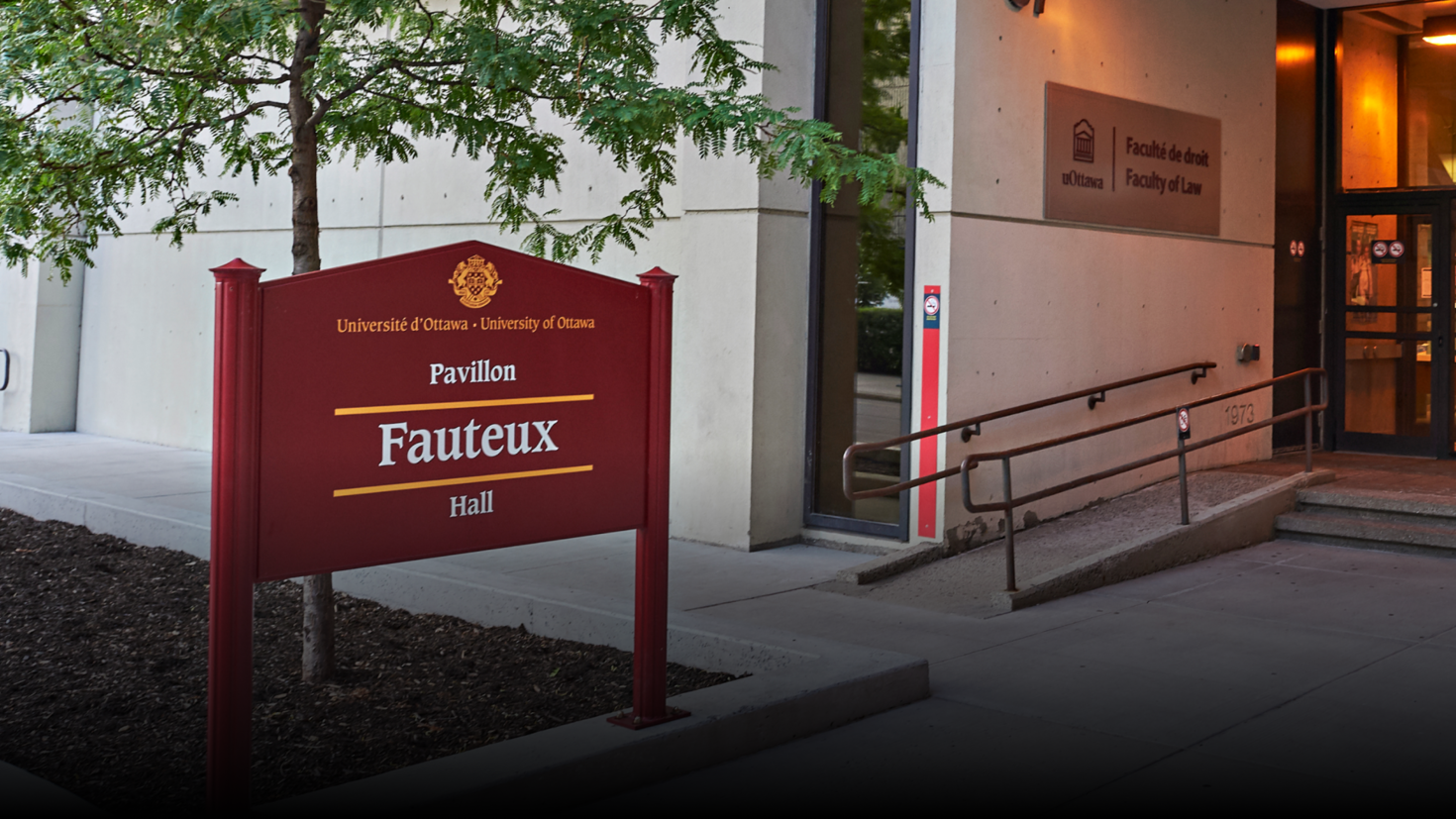By: Amelia Jarvis
When people engage in discussions about child labour, they often talk about the worst of the worst, which makes it easy for us all to agree that child labour is bad. However, this tendency to believe that “we can’t solve all of these rights violations, so let’s just focus on the most serious ones” is problematic because it implies that a child’s labour rights are a black and white issue. The image that often comes to mind when people think of child labour is a young person sitting in a garment factory working extremely long hours, in extremely poor conditions. This encourages Canadians to think of child labour as something that occurs in some places across the globe, far away from us here at home. In this sense, child labour is thought to be a troublesome practice that happens to “them” but does not happen to “us”. While child labour is, without a doubt, pervasive in developing countries, the role of Canadians in supporting it must also be acknowledged.
Child labour is happening close to home, but not in the obvious ways that we might expect. The inexpensive clothing that we buy, or the fresh cut flowers that we purchase for a loved one may in fact be the product of child labour practices. We don’t explicitly have child labour here, but some companies that supply to Canadians may use child labour somewhere along their supply chain. This is where the issue of accessibility and the lack of individuals’ ability to make informed choices come into effect. Fair trade products are a possible solution, but they are expensive, which creates a barrier for individuals who cannot afford to purchase them, despite their best intentions. In addition, retail marketing strategies, such as labeling a product as “fair trade” or “conflict free” can be deceptive when in reality that is not the case.
Child labour cannot simply be thought of as two words that carry a single meaning. Rather, there are often clusters of unseen protection issues that affect a child’s life. For example, poverty and child labour go hand in hand. The root of child labour is frequently extreme poverty, which forces parents to employ their children for some extra money for daily living. This is where the difference between “children in work”, and “child labour” must be noted. A distinction must be made between a child who decides to obtain a part time job in order to have some spending money for leisure activities, and a child who is left with no choice but to work in exploitive conditions in order to maintain the well being of his or her family. For this reason, I believe that poverty reduction is an essential factor in reducing child labour.
Children’s labour rights also relate to a child’s education rights. Parents are often left with no other choice but to send their child to work, instead of sending them to school. Child labour can limit the amount of time and energy that children spend on education. While child labour can be an obstacle to education, at the same time, education is instrumental in the prevention of child labour. Through education, parents and their children can become more aware of the benefits of education and the harms that child labour can cause. As well, access to education helps to reduce poverty, which is one of the root causes of child labour around the world.
